HSBC 2010 Annual Report Download - page 175
Download and view the complete annual report
Please find page 175 of the 2010 HSBC annual report below. You can navigate through the pages in the report by either clicking on the pages listed below, or by using the keyword search tool below to find specific information within the annual report.-
 1
1 -
 2
2 -
 3
3 -
 4
4 -
 5
5 -
 6
6 -
 7
7 -
 8
8 -
 9
9 -
 10
10 -
 11
11 -
 12
12 -
 13
13 -
 14
14 -
 15
15 -
 16
16 -
 17
17 -
 18
18 -
 19
19 -
 20
20 -
 21
21 -
 22
22 -
 23
23 -
 24
24 -
 25
25 -
 26
26 -
 27
27 -
 28
28 -
 29
29 -
 30
30 -
 31
31 -
 32
32 -
 33
33 -
 34
34 -
 35
35 -
 36
36 -
 37
37 -
 38
38 -
 39
39 -
 40
40 -
 41
41 -
 42
42 -
 43
43 -
 44
44 -
 45
45 -
 46
46 -
 47
47 -
 48
48 -
 49
49 -
 50
50 -
 51
51 -
 52
52 -
 53
53 -
 54
54 -
 55
55 -
 56
56 -
 57
57 -
 58
58 -
 59
59 -
 60
60 -
 61
61 -
 62
62 -
 63
63 -
 64
64 -
 65
65 -
 66
66 -
 67
67 -
 68
68 -
 69
69 -
 70
70 -
 71
71 -
 72
72 -
 73
73 -
 74
74 -
 75
75 -
 76
76 -
 77
77 -
 78
78 -
 79
79 -
 80
80 -
 81
81 -
 82
82 -
 83
83 -
 84
84 -
 85
85 -
 86
86 -
 87
87 -
 88
88 -
 89
89 -
 90
90 -
 91
91 -
 92
92 -
 93
93 -
 94
94 -
 95
95 -
 96
96 -
 97
97 -
 98
98 -
 99
99 -
 100
100 -
 101
101 -
 102
102 -
 103
103 -
 104
104 -
 105
105 -
 106
106 -
 107
107 -
 108
108 -
 109
109 -
 110
110 -
 111
111 -
 112
112 -
 113
113 -
 114
114 -
 115
115 -
 116
116 -
 117
117 -
 118
118 -
 119
119 -
 120
120 -
 121
121 -
 122
122 -
 123
123 -
 124
124 -
 125
125 -
 126
126 -
 127
127 -
 128
128 -
 129
129 -
 130
130 -
 131
131 -
 132
132 -
 133
133 -
 134
134 -
 135
135 -
 136
136 -
 137
137 -
 138
138 -
 139
139 -
 140
140 -
 141
141 -
 142
142 -
 143
143 -
 144
144 -
 145
145 -
 146
146 -
 147
147 -
 148
148 -
 149
149 -
 150
150 -
 151
151 -
 152
152 -
 153
153 -
 154
154 -
 155
155 -
 156
156 -
 157
157 -
 158
158 -
 159
159 -
 160
160 -
 161
161 -
 162
162 -
 163
163 -
 164
164 -
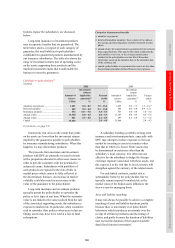 165
165 -
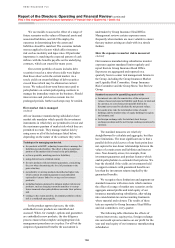 166
166 -
 167
167 -
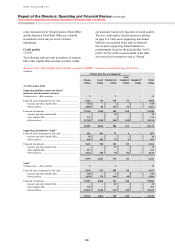 168
168 -
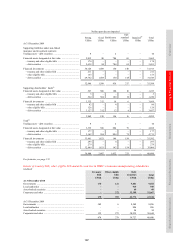 169
169 -
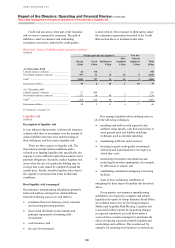 170
170 -
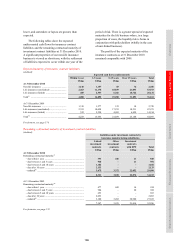 171
171 -
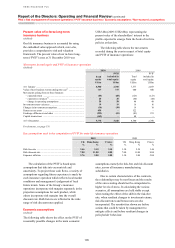 172
172 -
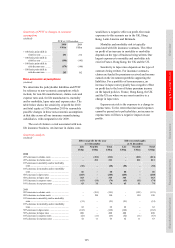 173
173 -
 174
174 -
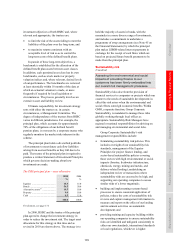 175
175 -
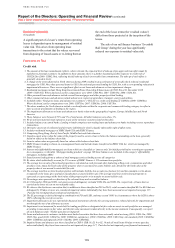 176
176 -
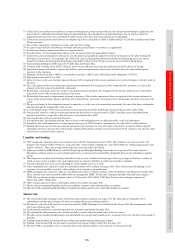 177
177 -
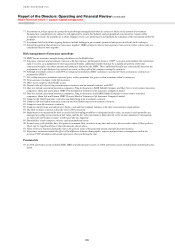 178
178 -
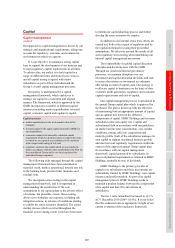 179
179 -
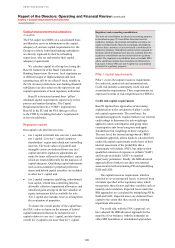 180
180 -
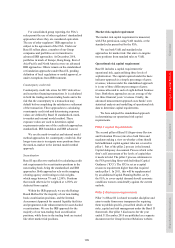 181
181 -
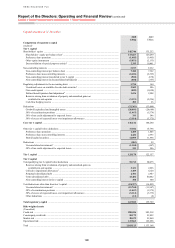 182
182 -
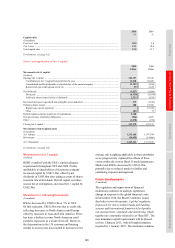 183
183 -
 184
184 -
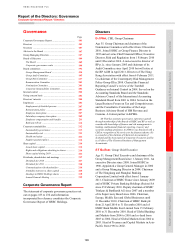 185
185 -
 186
186 -
 187
187 -
 188
188 -
 189
189 -
 190
190 -
 191
191 -
 192
192 -
 193
193 -
 194
194 -
 195
195 -
 196
196 -
 197
197 -
 198
198 -
 199
199 -
 200
200 -
 201
201 -
 202
202 -
 203
203 -
 204
204 -
 205
205 -
 206
206 -
 207
207 -
 208
208 -
 209
209 -
 210
210 -
 211
211 -
 212
212 -
 213
213 -
 214
214 -
 215
215 -
 216
216 -
 217
217 -
 218
218 -
 219
219 -
 220
220 -
 221
221 -
 222
222 -
 223
223 -
 224
224 -
 225
225 -
 226
226 -
 227
227 -
 228
228 -
 229
229 -
 230
230 -
 231
231 -
 232
232 -
 233
233 -
 234
234 -
 235
235 -
 236
236 -
 237
237 -
 238
238 -
 239
239 -
 240
240 -
 241
241 -
 242
242 -
 243
243 -
 244
244 -
 245
245 -
 246
246 -
 247
247 -
 248
248 -
 249
249 -
 250
250 -
 251
251 -
 252
252 -
 253
253 -
 254
254 -
 255
255 -
 256
256 -
 257
257 -
 258
258 -
 259
259 -
 260
260 -
 261
261 -
 262
262 -
 263
263 -
 264
264 -
 265
265 -
 266
266 -
 267
267 -
 268
268 -
 269
269 -
 270
270 -
 271
271 -
 272
272 -
 273
273 -
 274
274 -
 275
275 -
 276
276 -
 277
277 -
 278
278 -
 279
279 -
 280
280 -
 281
281 -
 282
282 -
 283
283 -
 284
284 -
 285
285 -
 286
286 -
 287
287 -
 288
288 -
 289
289 -
 290
290 -
 291
291 -
 292
292 -
 293
293 -
 294
294 -
 295
295 -
 296
296 -
 297
297 -
 298
298 -
 299
299 -
 300
300 -
 301
301 -
 302
302 -
 303
303 -
 304
304 -
 305
305 -
 306
306 -
 307
307 -
 308
308 -
 309
309 -
 310
310 -
 311
311 -
 312
312 -
 313
313 -
 314
314 -
 315
315 -
 316
316 -
 317
317 -
 318
318 -
 319
319 -
 320
320 -
 321
321 -
 322
322 -
 323
323 -
 324
324 -
 325
325 -
 326
326 -
 327
327 -
 328
328 -
 329
329 -
 330
330 -
 331
331 -
 332
332 -
 333
333 -
 334
334 -
 335
335 -
 336
336 -
 337
337 -
 338
338 -
 339
339 -
 340
340 -
 341
341 -
 342
342 -
 343
343 -
 344
344 -
 345
345 -
 346
346 -
 347
347 -
 348
348 -
 349
349 -
 350
350 -
 351
351 -
 352
352 -
 353
353 -
 354
354 -
 355
355 -
 356
356 -
 357
357 -
 358
358 -
 359
359 -
 360
360 -
 361
361 -
 362
362 -
 363
363 -
 364
364 -
 365
365 -
 366
366 -
 367
367 -
 368
368 -
 369
369 -
 370
370 -
 371
371 -
 372
372 -
 373
373 -
 374
374 -
 375
375 -
 376
376 -
 377
377 -
 378
378 -
 379
379 -
 380
380 -
 381
381 -
 382
382 -
 383
383 -
 384
384 -
 385
385 -
 386
386 -
 387
387 -
 388
388 -
 389
389 -
 390
390 -
 391
391 -
 392
392 -
 393
393 -
 394
394 -
 395
395 -
 396
396
 |
 |

173
Overview Operating & Financial Review Governance Financial Statements Shareholder Information
investment objectives of both HSBC and, where
relevant and appropriate, the trustees are:
• to limit the risk of the assets failing to meet the
liabilities of the plans over the long-term; and
• to maximise returns consistent with an
acceptable level of risk so as to control the
long-term costs of the defined benefit plans.
In pursuit of these long-term objectives, a
benchmark is established for the allocation of the
defined benefit plan assets between asset classes.
In addition, each permitted asset class has its own
benchmarks, such as stock market or property
valuation indices and, where relevant, desired levels
of out-performance. The benchmarks are reviewed
at least triennially within 18 months of the date at
which an actuarial valuation is made, or more
frequently if required by local legislation or
circumstances. The process generally involves an
extensive asset and liability review.
Ultimate responsibility for investment strategy
rests with either the trustees or, in certain
circumstances, a Management Committee. The
degree of independence of the trustees from HSBC
varies in different jurisdictions. For example, the
principal plan, which accounts for approximately
70% of the obligations of our defined benefit
pension plans, is overseen by a corporate trustee who
regularly monitors the market risks inherent in the
scheme.
The principal plan holds a diversified portfolio
of investments to meet future cash flow liabilities
arising from accrued benefits as they fall due to be
paid. The trustee of the principal plan is required to
produce a written Statement of Investment Principles
which governs decision-making about how
investments are made.
The DBS principal plan – asset allocation
2010 2006
% %
Equities ........................................ 15.5 15.0
Bonds ........................................... 56.5 50.0
Alternative assets93 ...................... 10.5 10.0
Property ........................................ 9.0 10.0
Cash ............................................. 8.5 15.0
100.0 100.0
For footnote, see page 174.
In 2006, HSBC and the trustee of the principal
plan agreed to change the investment strategy in
order to reduce the investment risk. The target asset
allocations for this strategy at that time and as
revised in 2010 are shown above. The strategy is to
hold the majority of assets in bonds, with the
remainder in a more diverse range of investments,
and includes a commitment to undertake a
programme of swap arrangements (see Note 45 on
the Financial Statements) by which the principal
plan makes LIBOR-related interest payments in
exchange for the receipt of cash flows which are
based on projected future benefit payments to be
made from the principal plan.
Sustainability risk
(Unaudited)
Assessing the environmental and social
impacts of providing finance to our
customers has been firmly embedded into
our overall risk management processes.
Sustainability risks arise from the provision of
financial services to companies or projects which run
counter to the needs of sustainable development; in
effect this risk arises when the environmental and
social effects outweigh economic benefits. Within
GMO, a separate function, Group Corporate
Sustainability, is mandated to manage these risks
globally working through local offices as
appropriate. Sustainability Risk Managers have
regional or national responsibilities for advising on
and managing environmental and social risks.
Group Corporate Sustainability’s risk
management responsibilities include:
• formulating sustainability risk policies. This
includes oversight of our sustainability risk
standards, management of the Equator
Principles for project finance lending, and
sector-based sustainability policies covering
those sectors with high environmental or social
impacts (forestry, freshwater infrastructure,
chemicals, energy, mining and metals, and
defence-related lending); undertaking an
independent review of transactions where
sustainability risks are assessed to be high, and
supporting our operating companies to assess
similar risks of a lower magnitude;
• building and implementing systems-based
processes to ensure consistent application of
policies, reduce the costs of sustainability risk
reviews and capture management information to
measure and report on the effect of our lending
and investment activities on sustainable
development; and
• providing training and capacity building within
our operating companies to ensure sustainability
risks are identified and mitigated consistently to
either our own standards, international standards
or local regulations, whichever is higher.
